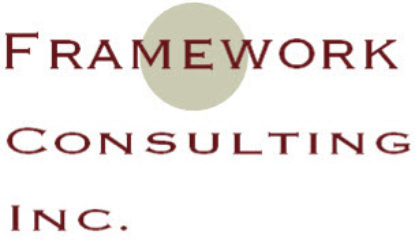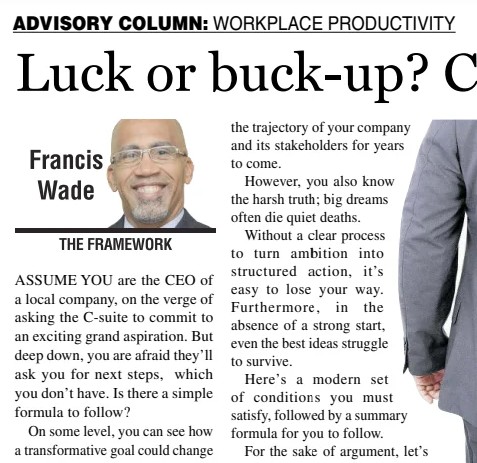Imagine this: You’re the CEO of a growing company. You’ve gathered your executive team, ready to rally them around a bold, breakthrough ambition. But there’s a moment of hesitation—you know someone will ask, “What’s the next move?” and you’re not quite sure how to respond.
You’re not alone. Many leaders find themselves in this exact spot—excited about what could be, yet uncertain about how to turn ambition into action.
The good news? You’re right to believe something extraordinary is within reach. The bad news? Big ideas often fail—not because they’re unworthy, but because there’s no clear pathway to success.
Grand visions don’t collapse from lack of enthusiasm. They collapse from lack of structure.
So, what’s the fix? Is there a proven approach that balances vision and execution?
Let’s start with three critical foundations you need in place, followed by an eight-step formula used by transformative leaders across sectors and continents.
Three Conditions for Large-Scale Success
If your organization includes dozens—or even hundreds—of team members, these conditions are non-negotiable:
- It can’t depend on luck. You must actively lead the charge. Passivity and wishful thinking kill progress equally.
- You need full-team engagement. Your board, leadership, and staff must help shape—and implement—the goal.
- The outcomes must be measurable. Tie the aspiration to clear data points, deadlines, and accountability.
Take public health as an example. Japan, for instance, has one of the lowest obesity rates among developed nations—just 4.3%, compared to 38.2% in the United States and 27.8% in the United Kingdom. This achievement translates into longer life expectancy, reduced healthcare costs, and a more productive workforce.
Was this a cultural accident? A genetic advantage?
Not at all. Beginning in the 1960s, Japan implemented a national strategy focused on nutrition education. By 2005, they had passed legislation making food literacy a formal part of the curriculum, with licensed educators delivering it across schools.
This didn’t happen by chance. It was a deliberate, long-term plan backed by consistent investment and engagement.
Contrast that with wishful thinking: “All we need is the right cabinet member,” or “A good grant will solve this.” That’s magical thinking—not strategy.
So, what does work? Here’s an eight-step framework used by CEOs, policymakers, and change agents to turn bold goals into tangible success.
8 Steps to Making Your Vision Real
1. Set a bold, measurable aspiration.
Think big. Define what success looks like with real metrics—even if the roadmap isn’t clear yet.
2. Make it a shared journey.
Today’s complex challenges can’t be tackled alone. Engage your executive team, board, and frontline staff in the process, from vision to execution.
3. Commit to a long-term horizon.
You might prefer results that land before your contract ends—but transformational outcomes often take years. Invest anyway. Legacy is built over time.
4. Plan with precision.
Vague goals invite vague actions. Use methods like backcasting—starting from the end goal and working backward—to make trade-offs early and shape a viable path.
5. Have the hard conversations.
Not everything fits. To focus, you’ll need to let go of good ideas in favor of great ones. Leadership demands discernment.
6. Translate ideas into structured projects.
Break down the strategy into concrete initiatives. Then, create a Project Management Office (PMO) with the teeth to hold teams accountable.
7. Inspire through clarity.
If the goal doesn’t energize people, revisit it. Maybe it’s too cautious, too abstract, or too internally focused.
8. Embrace risk.
If your vision doesn’t make you a bit nervous, it probably isn’t bold enough. Great leadership involves pushing past comfort zones.
As Machiavelli warned, “There is nothing more difficult to take in hand, more perilous to conduct, or more uncertain in its success, than to take the lead in the introduction of a new order of things.”
Leaders who use this eight-step playbook don’t depend on luck. They take calculated risks, stay grounded in measurable outcomes, and engage others deeply.
The payoff? Not just short-term wins, but long-lasting impact. Their names may fade, but their legacy endures. The secret isn’t genius—it’s structured, disciplined action guided by principle and purpose.
P.S. These results are not uncommon. Just check out the Made in China 2025 vision crafted in 2015. In part, this article was inspired by the approach used and its reported 86% success rate.
For more, see articles and discussions on my site – www.longtermstrategy.info

